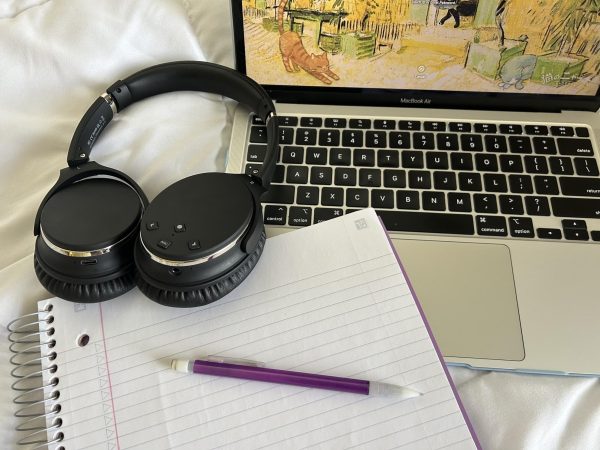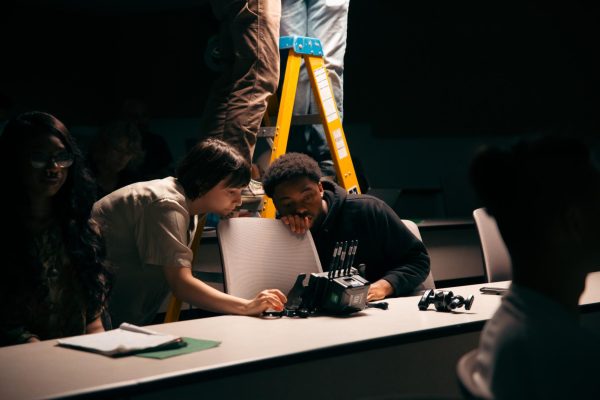Bronzed bodies beware
April 25, 2006
Tanning beds give students more than great tans
Tanning beds cause everything from skin cancer to weakened immune systems to mutated genes, said Linda Alston, a dermatologist in Fairlawn.
“We’re trying to encourage people that white is in, tan is out,” Alston said. “(Tanning beds are) bad, if not possibly worse than the sunlight.”
Alston said she has seen cases of skin cancer in patients as young as 14 years old from tanning beds.
She said she has trouble convincing young people a dark suntan is not worth the risk to their health.
“They can get bad stuff, and they can die from that bad stuff,” she said. “There’s a lot of behavior that’s self-destructive, and, unfortunately, that’s self-destructive behavior.”
Connie Hamilton, owner of Bahama Bodies in Kent, said tanning beds are safe as long as the tanner doesn’t burn inside the bed. She said she evaluates her customers’ skin tones, and then suggests a time limit for them to spend in the bed. If they want to stay in longer, they must sign a release.
“Tanning in a bed is just as safe as going outside and tanning, and you take precautions outside the same as you take precautions in a bed,” Hamilton said.
Hamilton said outdoor sunscreens shouldn’t be used inside the tanning bed, and it’s better to use a moisturizer that has an SPF in it. She suggests eight minutes for people with fair skin when they first begin tanning, but said most customers can work their way up to a full 20 minutes in the bed without getting burnt.
Although melanoma cases peak in people in their late 40s, Alston said it’s becoming common in people in their teens and early 20s. It is cancer, and it can be deadly.
Some skin cancers look like crusty scabs that won’t heal, or pink scaly patches on the skin, Alston said. Melanoma can be an irregular spot pigmented with brown or black pieces, but can also appear pink, gray, blue or white. She said sometimes people think they have a mole that has changed shape, but it’s really been melanoma all along.
Early diagnosis of skin cancer is important, she said, so if anything looks irregular on the skin, a dermatologist should look at it. The dermatologist will biopsy the spot and, if it is cancer, will cut, scrape or burn it out. Once skin cancer is found in a person, it is more likely to reappear a second time.
Tanning beds aren’t safe for any given period of time, Alston said. People’s genes determine how susceptible they are to cancer.
Natural sunlight isn’t much safer than simulated.
“No tan is a safe tan,” she said.
Unless it’s a fake tan. Alston recommends using a self-tanner.
When participating in outdoor activities, everyone should wear at least an SPF 15 – but this only goes for people with naturally dark skin. Everyone else should use at least SPF 30, and people with fairer skin should use something even higher, she said.
And even with sunscreen, baking in the sun isn’t a safe activity, Alston said.
“I’m petrified of the sun because I see skin cancer all day long,” Alston said.
It’s also a myth that sunlight is needed for vitamin D, she said. Someone only needs to be in the sunlight for 10 minutes a week to fulfill that vitamin requirement.
Alston said the risks of tanning just aren’t worth the brown complexion.
“If you want to look old and wrinkly before your time, and if you want to get scars from pre-cancers, and if you want to depress your immune system and if you want to get melanoma and die, go to the tanning bed,” Alston said. “I’m interested in protecting people’s health.”
Contact features correspondent Allison Remcheck at [email protected].























